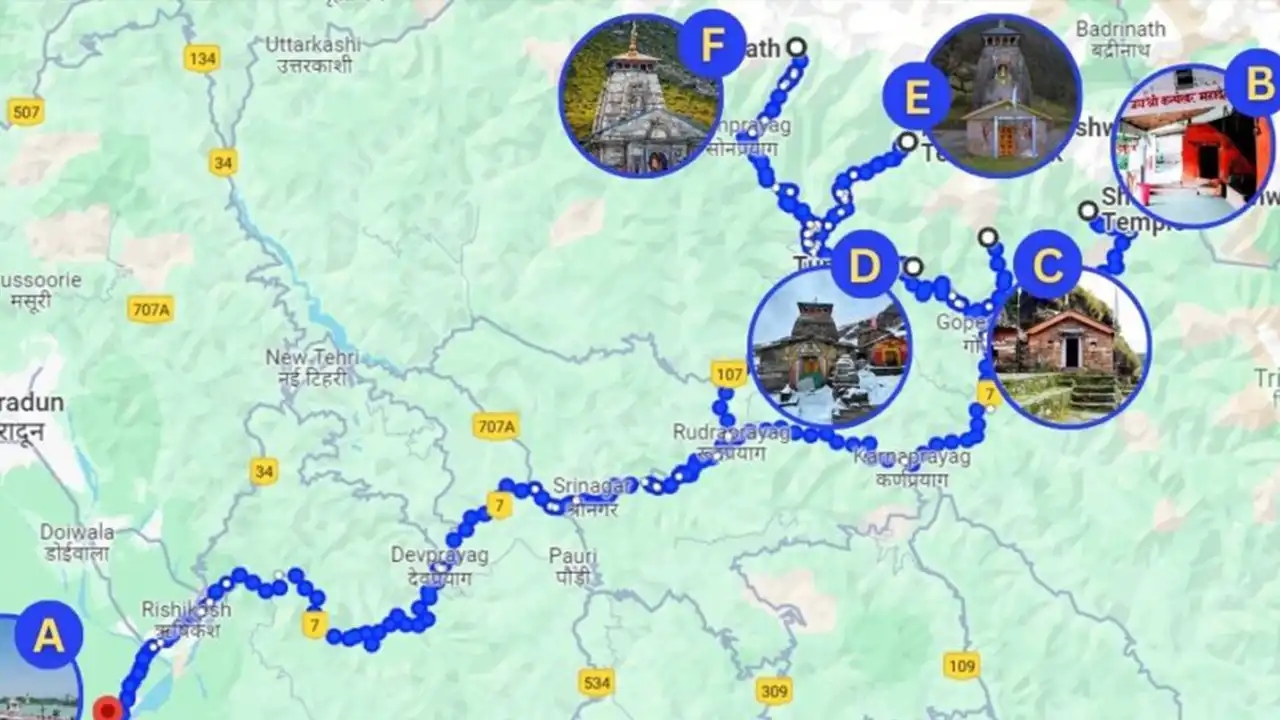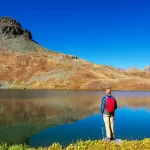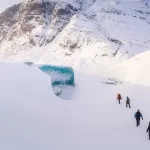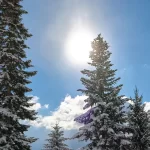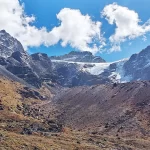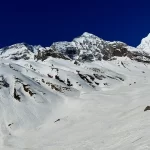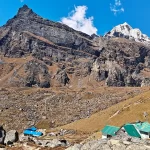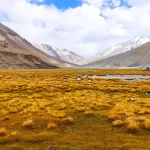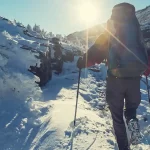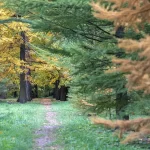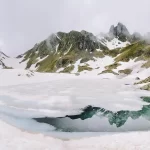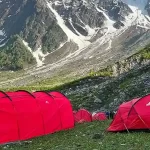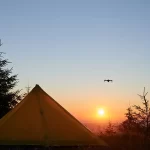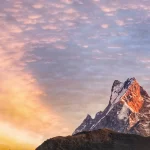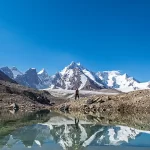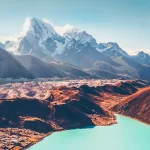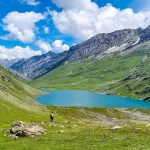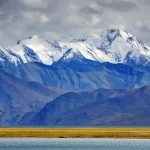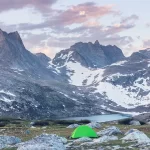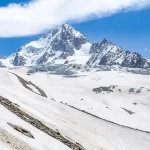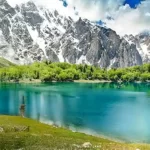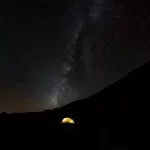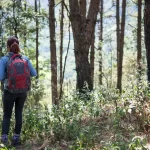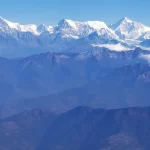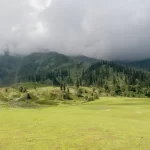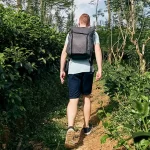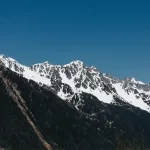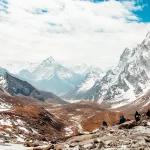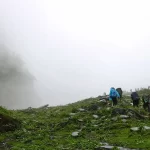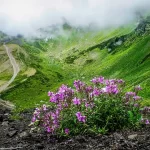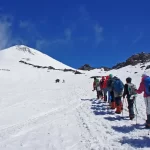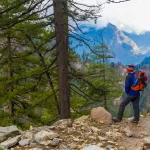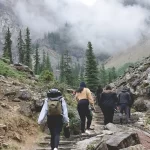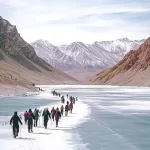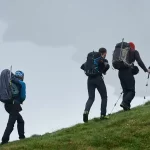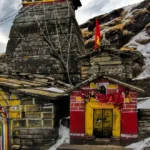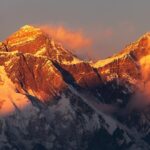Panch Kedar Trek (Uttarakhand) – A Spiritual Himalayan Journey
The Panch Kedar trek in Uttarakhand is more than a mountain trek—it is a pilgrimage along the sacred geography of India. The spiritual path spans five mythic Shiva temples that lie in the Garhwal Himalayas: Kedarnath, Tungnath, Rudranath, Madhyamaheshwar, and Kalpeshwar. Each of these temples has powerful myths linked to them in the Mahabharata and is deeply revered by Hindu pilgrims.
Unlike other treks, the Panch Kedar trek has a spiritual pace, intertwining adventure at high altitudes with moments of introspection. For those who feel drawn to Shiva’s presence in nature, this trail offers a spiritual experience.
What is the Panch Kedar Trek?
The term “Panch” is used to denote five, and “Kedar” is another name for Lord Shiva. According to mythology, after the Mahabharata war, Pandavas requested forgiveness from Lord Shiva for their sins. Shiva, evading them, assumed the form of a bull and went into the earth. His body later emerged in five places—each symbolizing a part of the body of the bull. These are the places where the Panch Kedar temples came up.
The five temples are:
- Kedarnath – the hump of the bull
- Tungnath – the arms
- Rudranath – the face
- Madhyamaheshwar – the navel
- Kalpeshwar – the hair
Pilgrimage to all five shrines is held in high esteem and is also a stunning means of discovering the variety of the Garhwal Himalayas.
Route and Difficulty Level
The entire Panch Kedar trek is moderately challenging and requires physical and mental conditioning. It consists of walking through dense forests, alpine meadows, rocky trails, and isolated villages. It starts from Kedarnath and terminates at Kalpeshwar, or the reverse.
- Total Duration: 16 to 20 days
- Best Time: May to mid-July, and September to mid-October
- Region: Rudraprayag and Chamoli districts, Uttarakhand
- Max Height: Approximately 3,680 meters at Tungnath
- Trek Grade: Moderate with occasional steep climbs
Every part of the trek presents varied scenic attractions—sea-level peaks, ancient stone trails, and a peace that can be experienced only in distant Himalayan landscapes.
Must Visit: Weather Warnings Dehradun & Kedarnath Trip Planning during Uttarakhand Monsoon
Trek Itinerary
1. Day 1–3:
Rishikesh to Kedarnath (from Gaurikund), darshan and overnight halt
2. Day 4–5:
Trek from Chopta to Tungnath and Chandrashila peak
3. Day 6–7:
Hike to Rudranath from Sagar Village or Mandal
4. Day 8–10:
Hike to Madhya maheshwar from Ransi village
5. Day 11–13:
Drive or hike to Helang, then on foot to Kalpeshwar
You can do this trip with guides or agencies that arrange spiritual treks. Each temple is unique in its own way and spirituality, and thus, it is a total immersive experience.
Must Visit: Planning Your Punch Kedar Yatra: A Complete Guide
Cultural and Mythological Significance
The most distinguishing feature of the Panch Kedar trek is its rich mythological background. Each place you see is drenched in legend and is associated with the Pandavas’ penance journey. The temples are constructed in typical North Indian architecture, many stone carved and with plain sanctums that reflect the humility of the Himalayas.
At Tungnath, the highest Shiva temple in the world, the views of Nanda Devi and Chaukhamba add to the spiritual aura. Kalpeshwar, the final temple, is uniquely accessible year-round and located within a cave.
Natural Beauty and Biodiversity
The Panch Kedar route winds through rhododendron forests, open meadows (locally called “bugyals”), and crystal-clear streams. It offers sightings of rare birds, Himalayan monals, musk deer, and—if you’re lucky—even Himalayan bears.
The Chopta–Tungnath trek is particularly beautiful in spring when flowers are blooming in full force. Autumn offers the best possible sky and conditions for photography.
Weather and Best Time to Visit
The best time for the Panch Kedar trek is from May to July and September to October. Monsoon months (July–August) are dangerous because of the possibility of landslides and slippery roads. During winter, all temples except Kalpeshwar remain shut because of heavy snowfall.
Daytime temperature is between 10°C to 20°C but may dip below 0°C at night, particularly at high altitudes.
Spiritual High Points of Each Temple
- Kedarnath: One of the twelve Jyotirlingas, nestled among snow-covered peaks.
- Tungnath: Located at 3,680 meters, the highest Shiva temple.
- Rudranath: Bizarre landscape with a natural rock temple in the middle of alpine grasslands.
- Madhyamaheshwar: Sits in a green valley with snow peaks as the backdrop.
- Kalpeshwar: Cave temple that can be accessed throughout the year, symbolizing timeless union.
Must-Have Packing List
- Waterproof hiking boots and warm clothes
- Layered clothing (thermal, fleece, rain coat)
- Personal first-aid kit with altitude sickness medication
- Trekking stick and flashlight
- Power bank and refillable water bottles
- Basic toiletries and dry snacks
Where to Stay
Accommodation ranges from guesthouses and dharamshalas to tents in remote areas. In places like Kedarnath and Chopta, basic hotels are available. Local villagers also provide homestay-style arrangements, offering warm food and a glimpse into Garhwali culture.
Tips for Trekkers
- Acclimatize properly at each stage
- Stay hydrated and eat light yet energizing meals
- Be respectful of local customs, particularly in temples
- Bring identification and necessary permits
- Don’t litter—maintain the sanctity of such sites
Sustainable Pilgrimage
As the Panch Kedar trek traverses ecologically sensitive areas, it’s important to leave nothing behind. Take all non-biodegradable trash back with you, don’t use single-use plastic, and patronize the local economy by engaging guides and purchasing local produce.

